17 October 2025
Local vs Modern Materials: Choosing The Best Option for Bali Villa Construction
4 Minutes Read
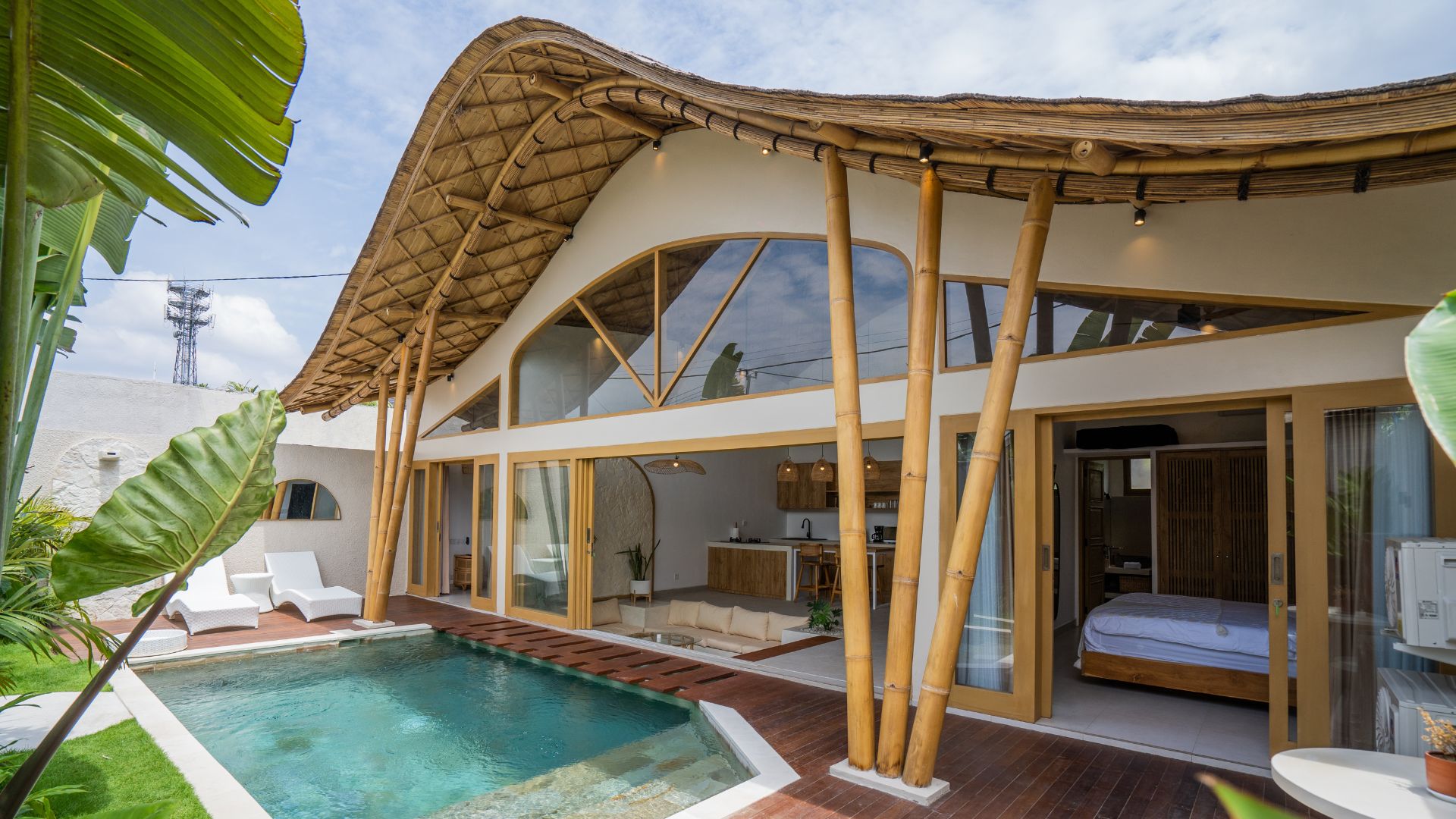
Why Material Choice Matters in Bali
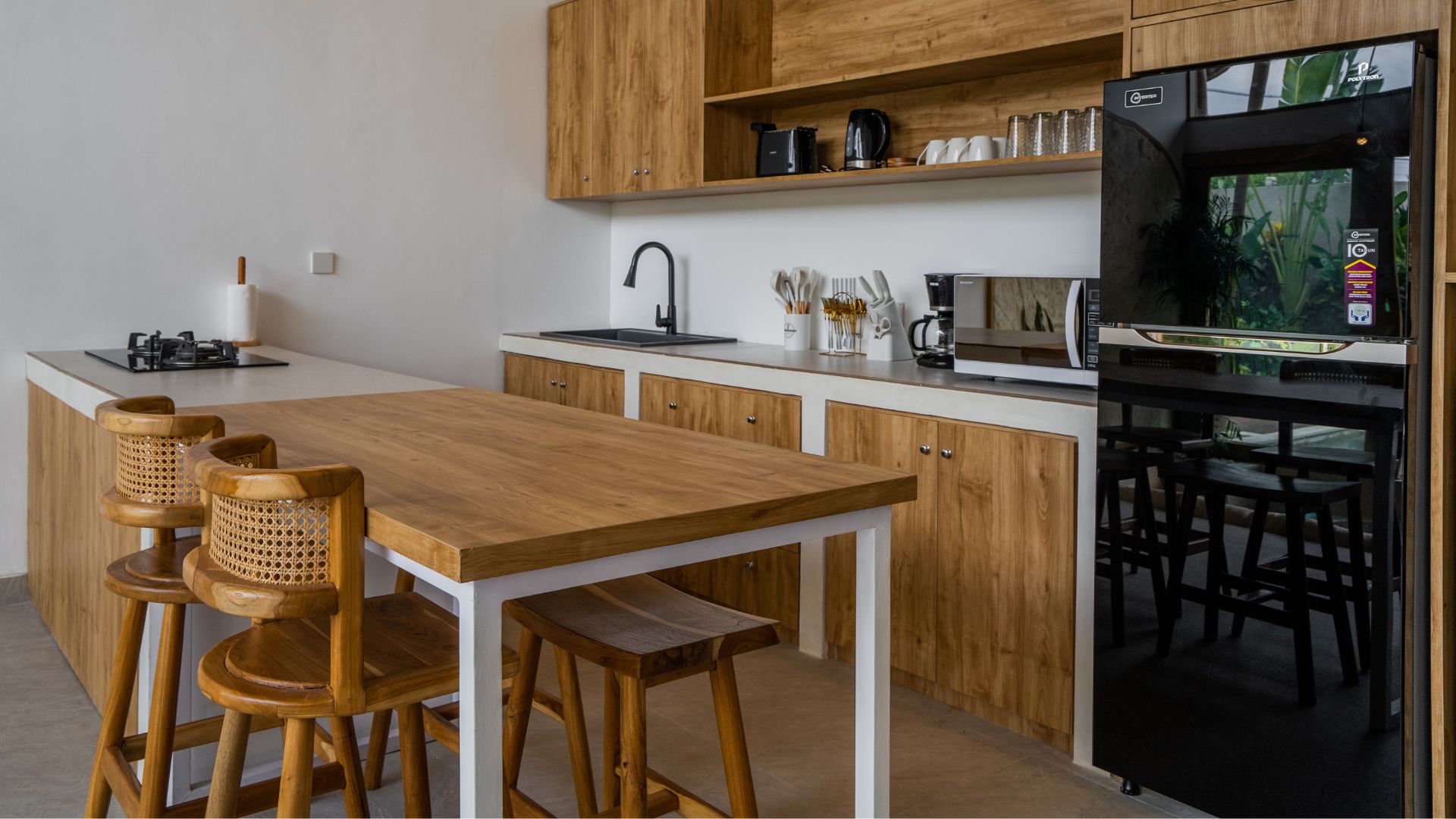
- Reduce long-term maintenance
- Improve thermal comfort (lower cooling costs)
- Boost resale and rental appeal
- Align with sustainable and eco-friendly Bali construction principles
Thus, the debate of local vs modern materials is not academic, it’s a defining factor of quality.
Local Materials: Advantages and Limitations
Here we describe local materials often used in Bali architecture, followed by pros and cons.
What are Local Materials?
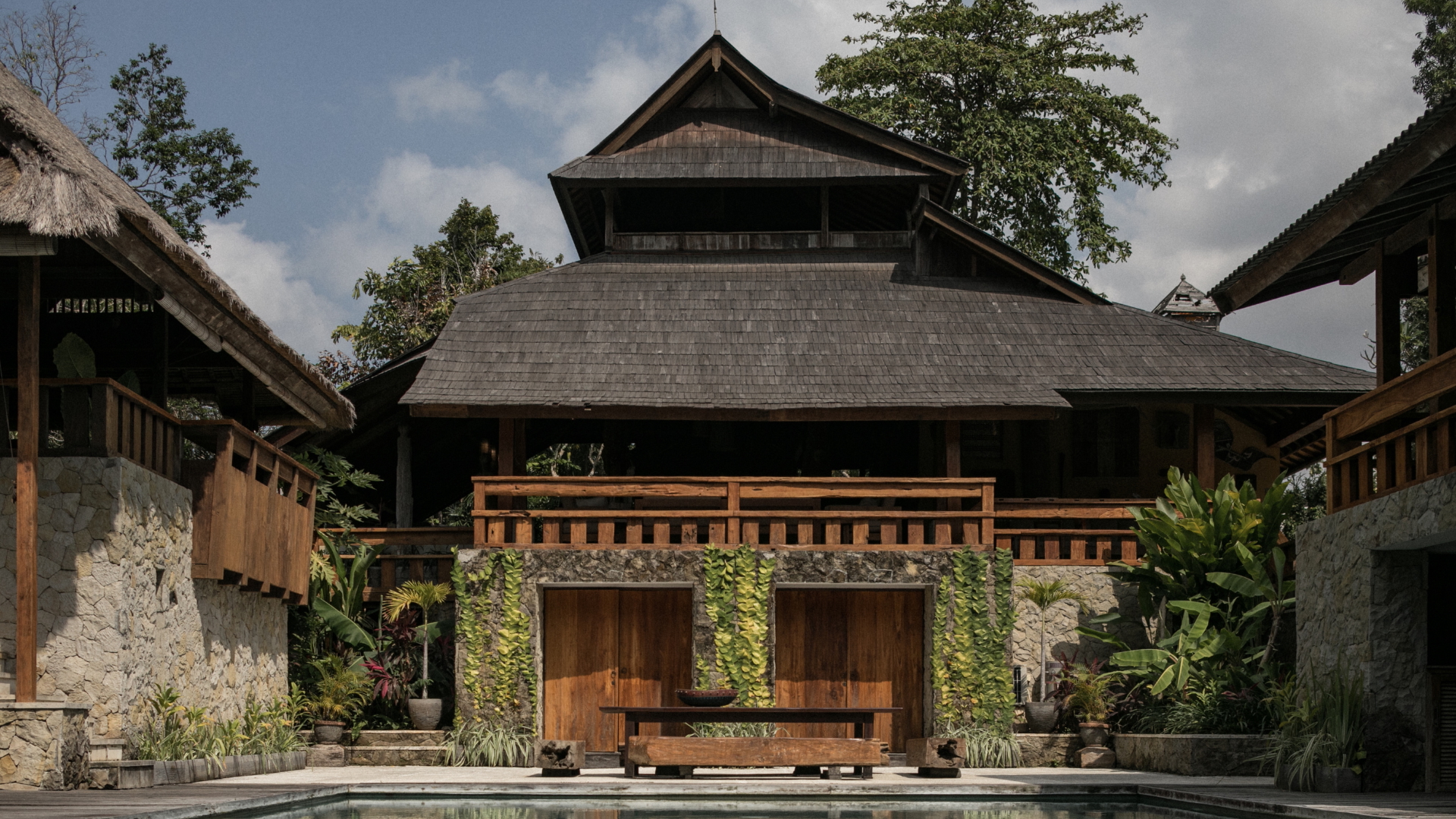
- Teak and Certified Tropical Hardwoods
Teak is prized for moisture resistance, termite tolerance, and stability. When sourced properly (certified wood), it performs well in structural and finish roles. Using teak and bamboo in Bali architecture helps blend authenticity with strength.
- Bamboo or Laminated Bamboo or Engineered Bamboo
Bamboo is fast-growing, renewable, and works beautifully in Bali’s aesthetic. Many sustainable villas and projects like Green Village in Bali use bamboo as a primary material. However, bamboo needs proper treatment (anti-termite, moisture stabilization) and engineering to function as structural members in high loads.
Advantages of Local Materials
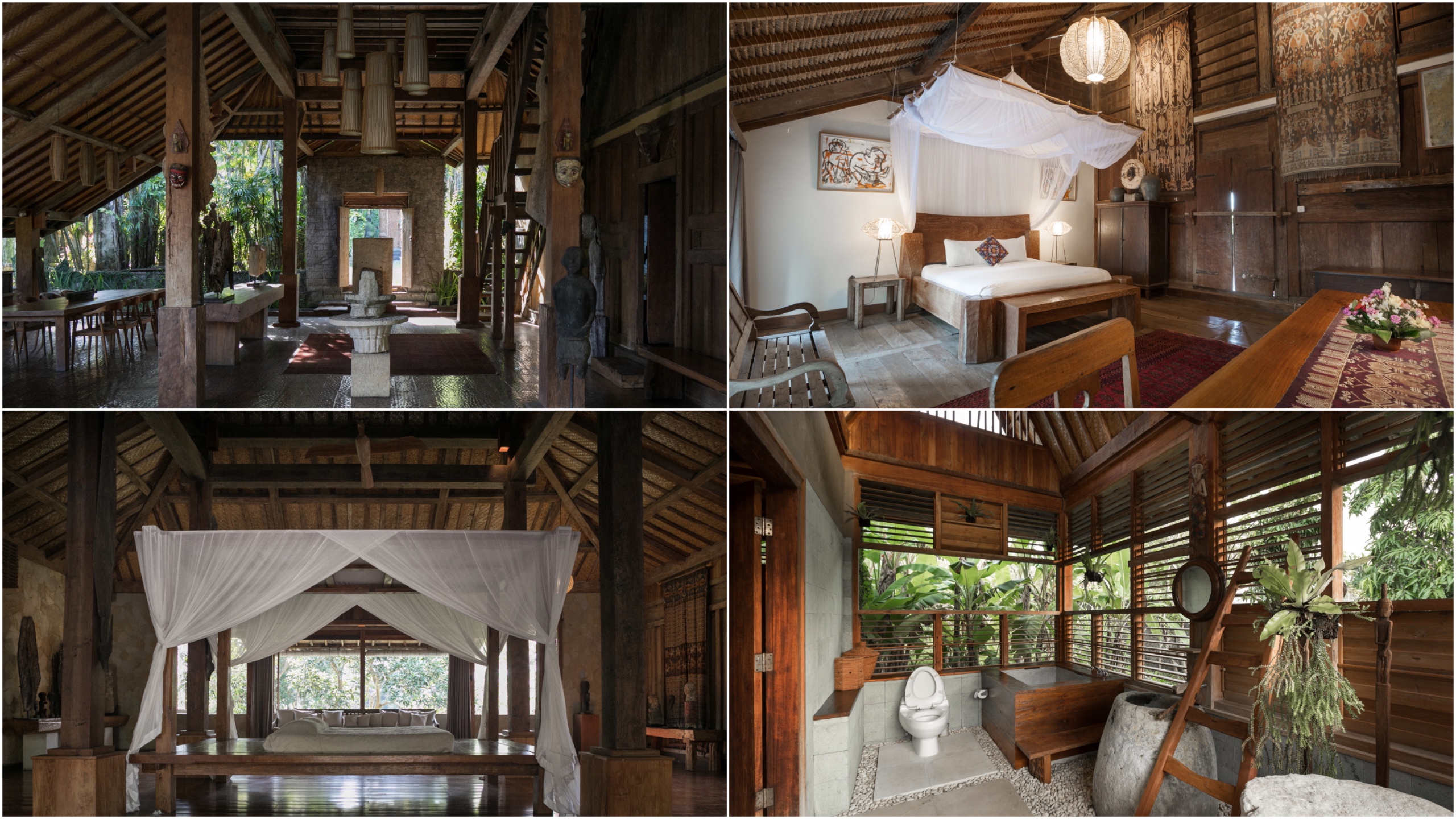
- Natural insulation and ventilation: Bamboo, thatch, certain hardwoods allow airflow and help keep interiors cooler.
- Aesthetic and authenticity: These materials contribute to a warm, tropical feel, and often make a villa more appealing for those seeking a Bali designer villa experience.
- Environmental benefits: Less transport, renewable resources (especially bamboo). traditional craftsmanship.
- Cultural resonance: Local architectural language, tradition, linking villa to Bali’s heritage.
Limitations or Risks
While local materials provide charm, they also bring practical challenges. Here are the common limitations.
- Durability issues: Thatch for roofing, untreated bamboo, or poorly dried wood degrade faster under rain, humidity, and insects.
- Maintenance: Requires frequent upkeep, replacement, sealing, and anti-termite treatments.
- Structural limitations: Some local materials may not support heavy loads or large spans as effectively as engineered alternatives.
Modern and Engineered Materials: What They Bring
Modern materials represent the opposite approach, focusing on engineered consistency and durability. They allow sleek, contemporary designs that meet international standards.
What are Modern Materials?
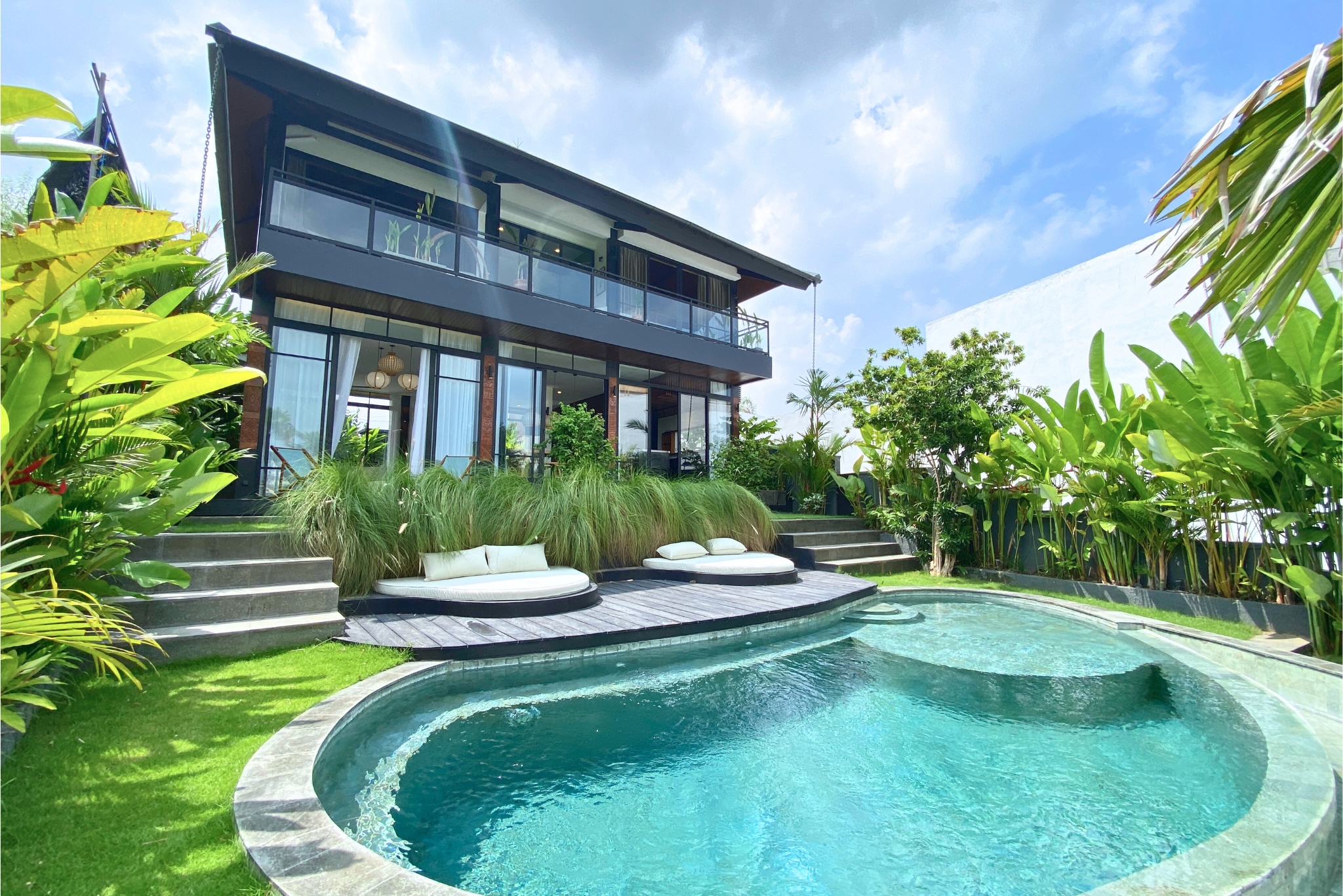
- Steel and Galvanized Frames
Steel is dimensionally stable, strong, and predictable. It resists warping that wood can suffer under humidity. But steel must be well protected against corrosion (especially near the coast).
- Glued Laminated Timber (Glulam) and LVL (Laminated Veneer Lumber)
These engineered wood products offer high strength, uniform quality, and better spans than raw timber.
- Fiber Reinforced Polymers (FRP) and Composites
For certain non-load bearing elements or accents, composites may provide sleek finishes, durability, and low upkeep.
Advantages of Modern Materials
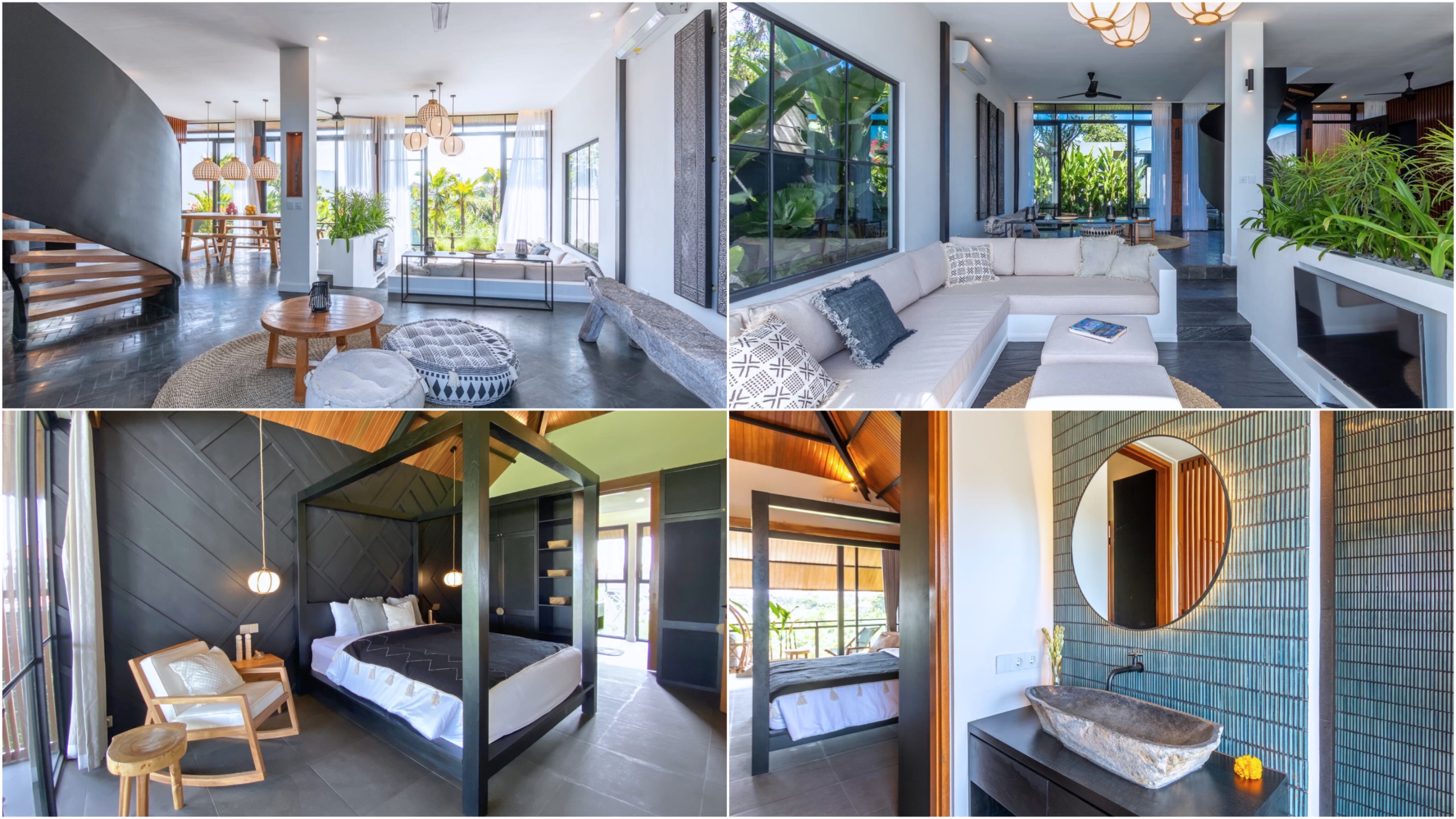
- Predictability and strength: Engineered materials are consistent and less variable in quality.
- Longevity and resistance: Better resistance to warping, rot, insect damage, and less frequent maintenance.
- Design flexibility: Enables large spans, open lofts, and sleek finishes.
- Energy efficiency: Modern roofing systems and insulation help reduce cooling costs.
Limitations or Risks
While modern materials are practical, they may not suit every investor or design vision. Below are the drawbacks to consider.
- Higher upfront cost: Both materials and installation tend to be more expensive.
- Less tropical aesthetics: Without careful design, the look may feel less connected to Bali.
- Environmental footprint: Steel and concrete have higher carbon costs if not responsibly sourced.
Best Roofing Materials for Bali Villas
The roof is one of the most critical design elements for a villa, influencing both performance and aesthetics. Let’s compare traditional and modern roofing options.
Traditional Roofing Options
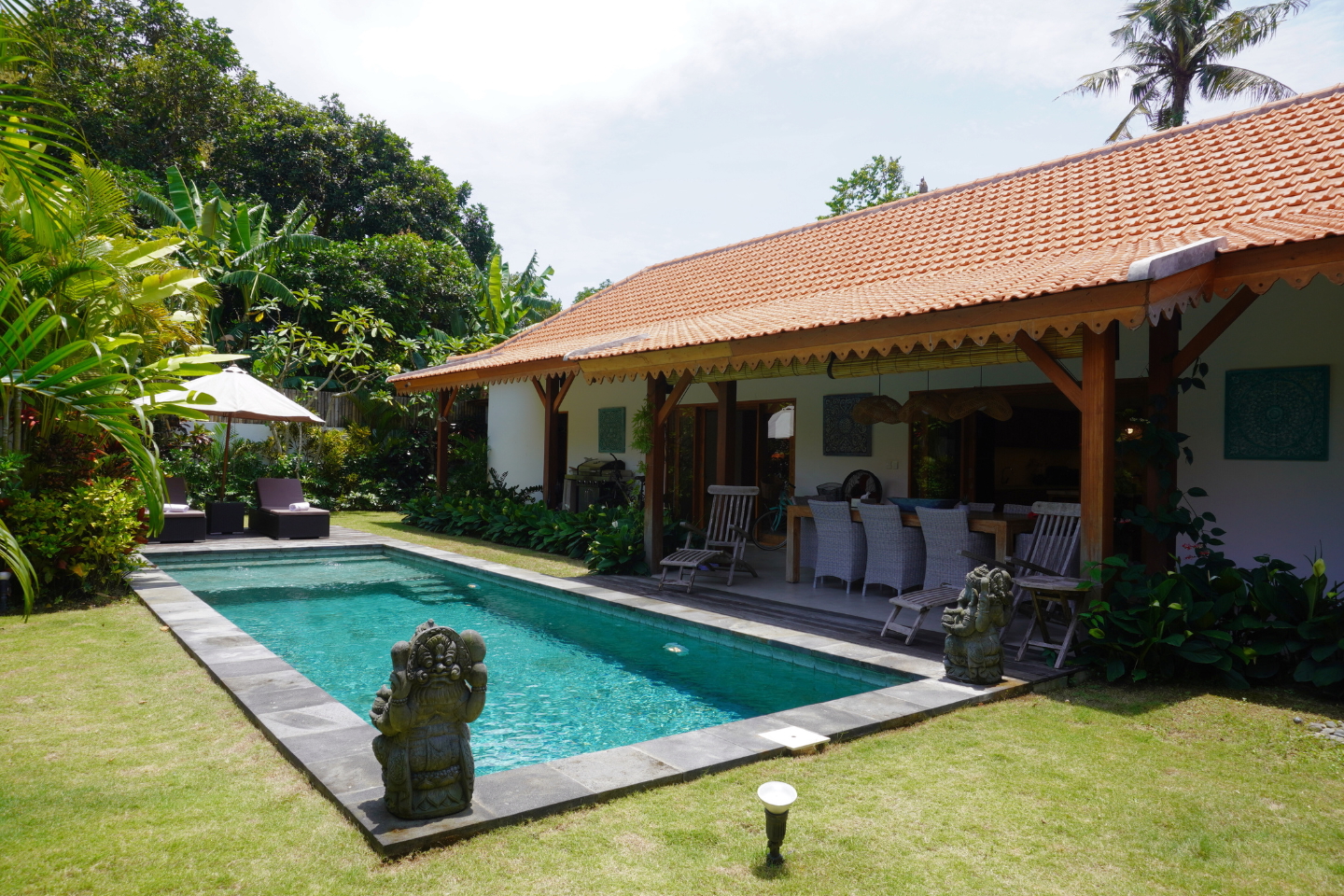
- Steel and Galvanized Frames: Excellent natural insulation and iconic Balinese appearance, though lifespan is limited to 5–10 years.
- Hardwood shingles (sirap): More durable and aesthetic, with longer life if properly treated.
- Clay or terracotta tiles: Classic look with good thermal mass, though heavier and requiring strong support.
Modern Roofing Options
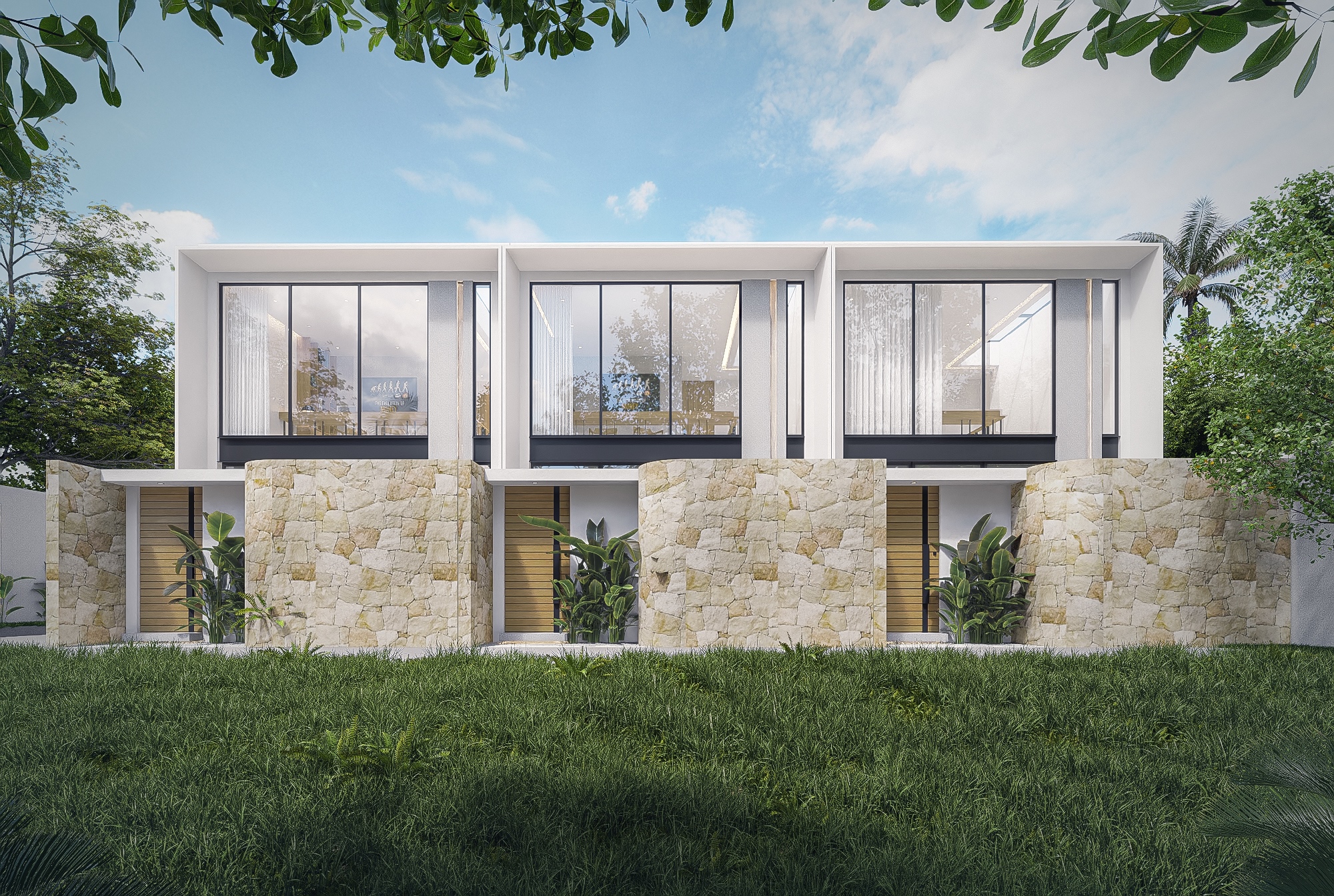
- Metal roofing: Long lasting, resistant to heavy rainfall, and insect-proof, though heat management is necessary.
- Fiber cement tiles or panels: Lightweight, low maintenance, and available in textures that mimic traditional roofs.
- Synthetic thatch: Offers the tropical look of natural thatch but with improved durability.
How to Choose: A Practical Roadmap from Koskaki Real Estate
When you build a villa with Koskaki Real Estate, here’s how we approach material selection:
- Define the vision & architectural style
Is the villa going for a tropical, resort, modern minimalist, or hybrid aesthetic? That guides whether local textures like bamboo or stone dominate. - Assess site conditions
Proximity to sea, rainfall intensity, humidity, soil, wind load, all these affect what materials perform best. - Balance cost, maintenance & lifespan
Some local options may be cheaper initially but cost more over time. Modern materials rise up in value over 5–10 years. - Hybrid approach often wins
Use local materials for non-critical elements (cladding, screens, accents) and modern engineered materials for structural, roofing, or areas demanding high durability. - Consult engineers and vendors with Bali experience
Mistakes in waterproofing, termite treatment, or setting material joints are common. Good local suppliers & builders matter more than just the raw material. - Factor in investor & guest perception
A villa with sustainable villa materials and tropical authenticity often commands higher rental rates.
Ready to Design Your Bali Villa?
At Koskaki Real Estate, we consult with architectural and construction partners in Bali to help you tailor the right material mix for your project. If you are planning a villa build or redesign and want guidance on the best roofing Bali villa, Bali villa materials, or sustainable villa materials, we’d be glad to assist.
Ready to design your Bali villa with the best materials for your vision, climate, and investment goals? Contact us today at Koskaki Real Estate to start your consultation.
Share This Article to :